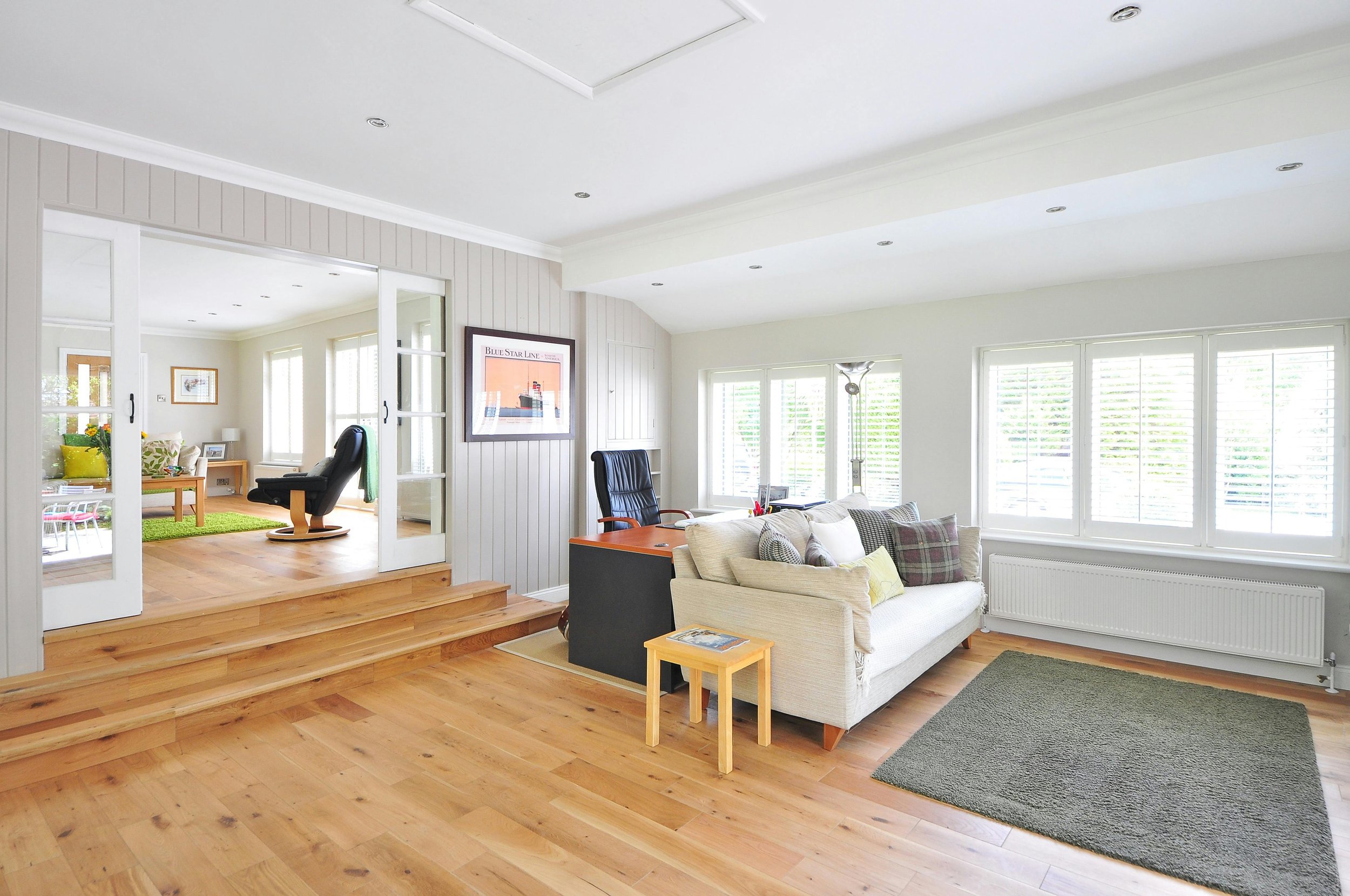Building a new home is an exciting journey that offers the chance to witness your ideal home come to fruition. From selecting the right lot to choosing the design features that reflect your individual style, each part of the process plays a vital role in forming a space that appears like home. As an increasing number of individuals turn to new construction rather than purchasing already built properties, grasping the details involved becomes essential.
This guide will offer guidance into different factors of new home construction, including timelines, expenses, and design trends for 2025. By examining topics like connected home features, sustainable designs, and selecting the best materials, you'll be empowered to make wise decisions that enhance room and enhance functionality in your new home. Whether you're a first-time builder or an seasoned homeowner wanting to make a shift, the information shared here will help you journey through the thrilling world of new home construction with assurance.
Preparation & Design
The planning and design phase is essential when constructing your new home. This is the stage where you transform your vision into a concrete blueprint. Start by assessing your lifestyle needs, such as the number of bedrooms, bathrooms, and any additional spaces like a home office or gym. Engaging with an architect or designer early in the process can provide important insights and help you create a floor plan that optimizes space and functionality.
As you outline your design preferences, consider current trends and future needs. Top design trends for new homes in 2025 focus on sustainability, open spaces, and smart technology integration. Emphasizing energy-efficient features and flexible areas can boost your living experience while maintaining utility costs low. Make a list of your must-have elements and organize them to make sure your design shows your personal style without compromising practicality.
Moreover, selecting the right materials and construction choices is essential for both aesthetics and durability. Explore various options such as brick, wood, or stucco for your exterior, and consider incorporating green building materials that promote environmental responsibility. Harmonizing your design desires with realistic budgeting will set the foundation for a successful home building process, ensuring that your new space is not only beautiful but also sustainable and cost-effective.
Materials & Building Options
Selecting the right materials for your new dwelling is essential for resilience, visual appeal, and long-term worth. Builder in the Southern Highlands include timber, brick, and plaster, each providing various benefits. Timber provides a traditional look and excellent insulation characteristics, while masonry is known for its low care requirements and energy effectiveness. Stucco, on the other hand, delivers a sleek, current look and is ideal for hot climates. Assess your local climate, maintenance preferences, and aesthetic vision to identify the most suitable option for your dwelling.
The choice of construction methods also plays a significant role in the overall quality of your dwelling. Classic stick-frame construction is popular for its versatility and economic benefits, while steel framing offers greater sturdiness and durability. Additionally, new methods such as thermal concrete forms (ICFs) provide excellent energy efficiency and thermal control. Research these options and consult with your dwelling developer to synchronize your construction approach with your planning objectives and cost expectations.
In conclusion, the pros of eco-friendly building resources cannot be overlooked. Eco-friendly solutions, such as responsibly harvested timber and recycled materials, not only reduce your home's carbon footprint but also contribute to a more sustainable living space. Putting money in in eco-friendly glazing and insulation can considerably reduce utility bills and improve comfort. As you take determinations about materials and building choices, think about both current requirements and long-term viability to maximize the benefit of your new dwelling.
Funding & Cost Management
Financing a new home construction involves understanding different loan options and financial planning techniques to ensure a hassle-free process. Traditional mortgages may not cover the entire construction phase, so construction loans are popular. These loans typically provide funds in stages, aligned with construction progress. It is important to shop around for good interest rates and terms that fit your monetary situation. Consulting with a mortgage broker can help you explore the options and find the best solution for your needs.
Cost planning for a modern home build requires detailed planning and prioritization of expenses. Start by estimating the overall cost of construction, including land purchase, materials, labor, and permits. Set aside a portion for unforeseen expenses, as hidden costs can arise during the construction process. Assess where to save by selecting affordable materials and where to splurge on features that enhance your home's worth and comfort. Creating a detailed budget plan will keep expenditures in check and help you avoid overspending.
Understanding the hidden costs of modern home construction is vital for efficient financial planning. These costs can include service connection fees, landscaping, and extra permits that might not be factored into the initial estimates. To avoid surprises, conduct thorough research and seek advice from knowledgeable builders and financial experts. By being forethoughtful, you can ensure that your dream home is built within your budget without sacrificing on quality or your goals.

